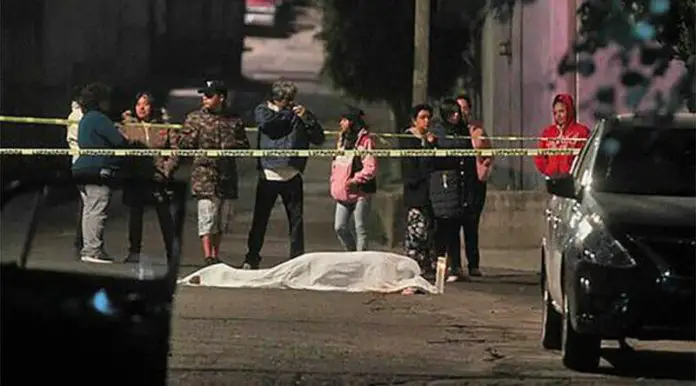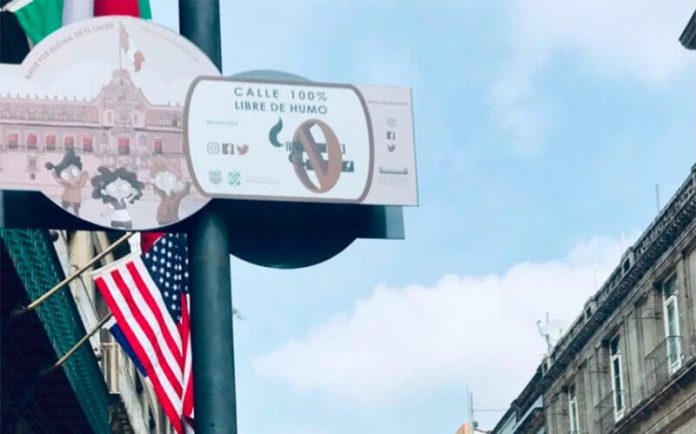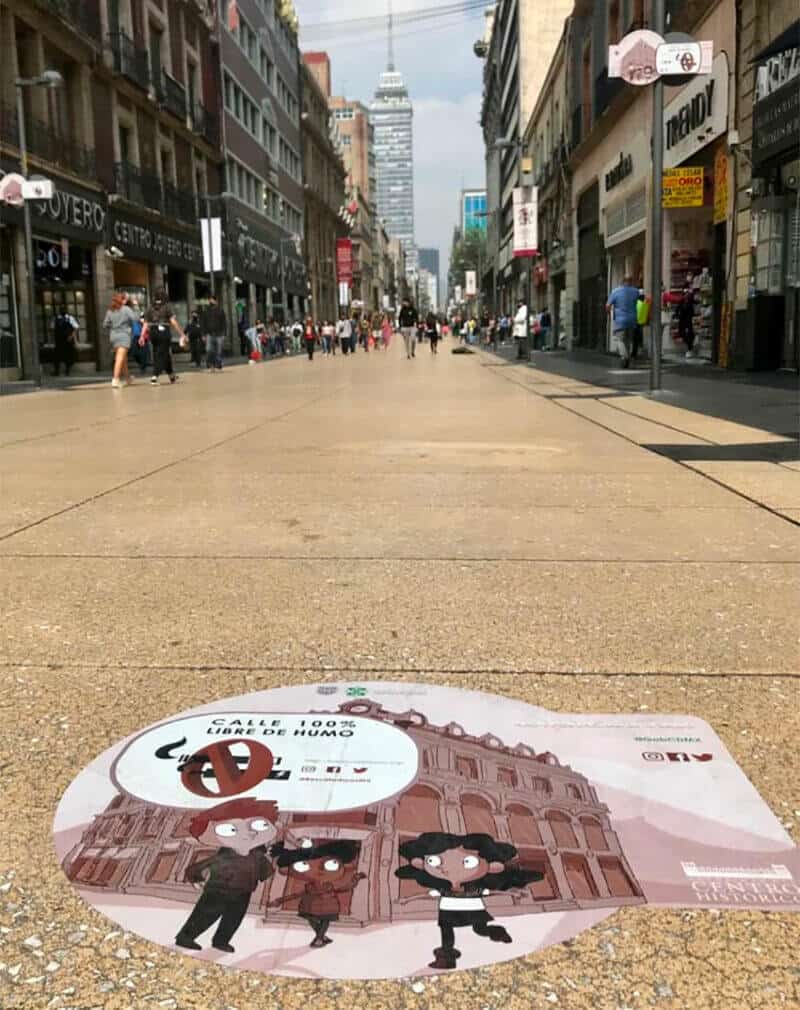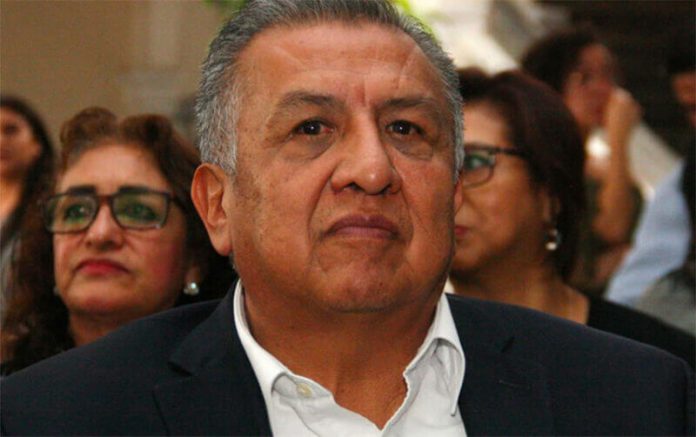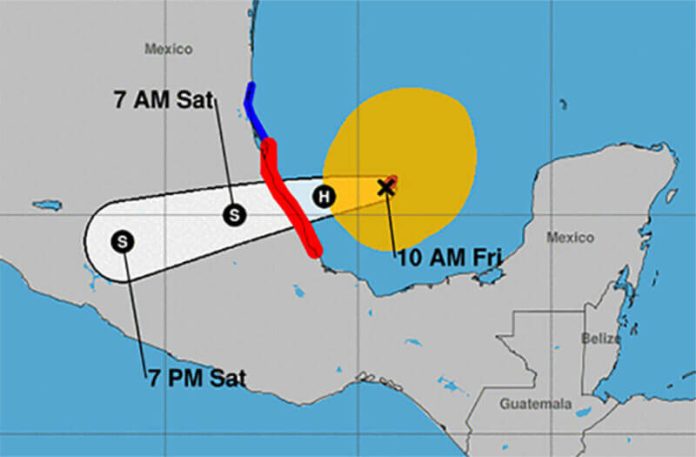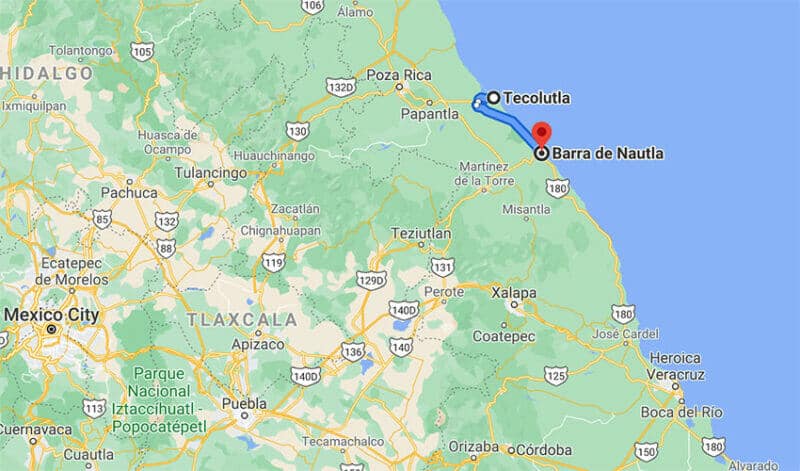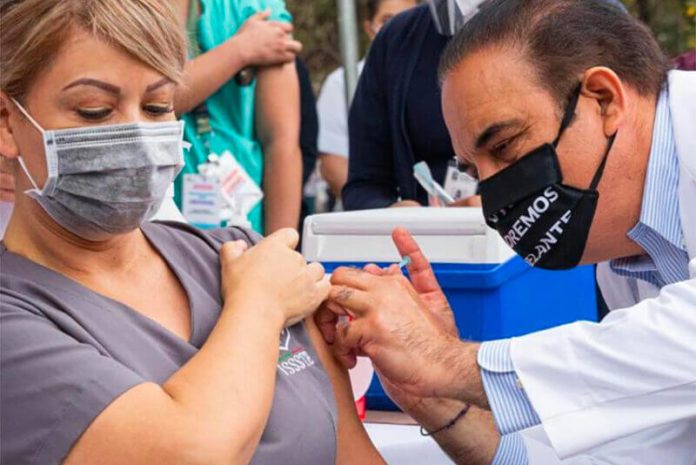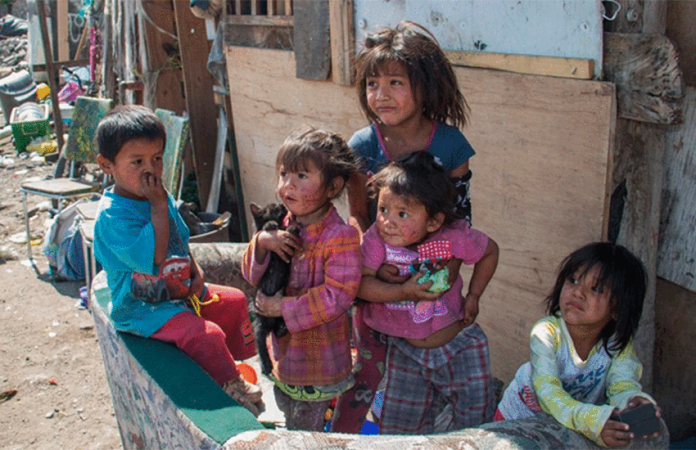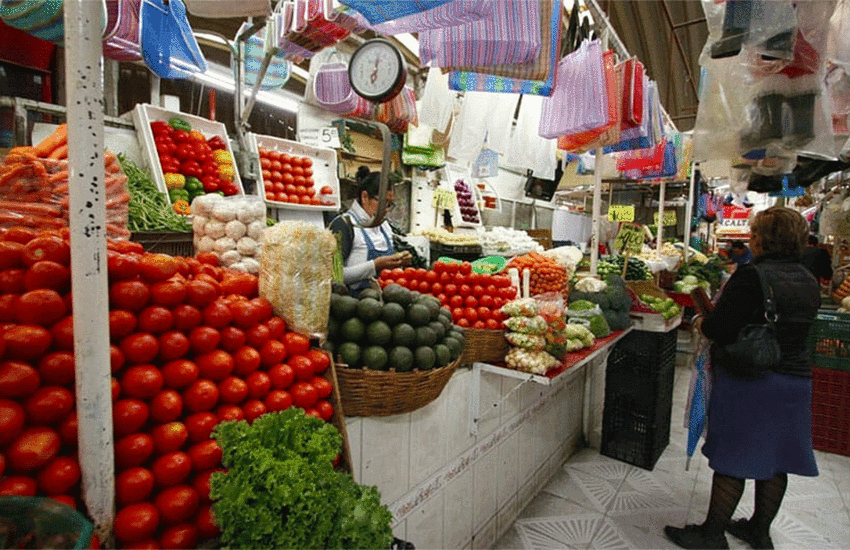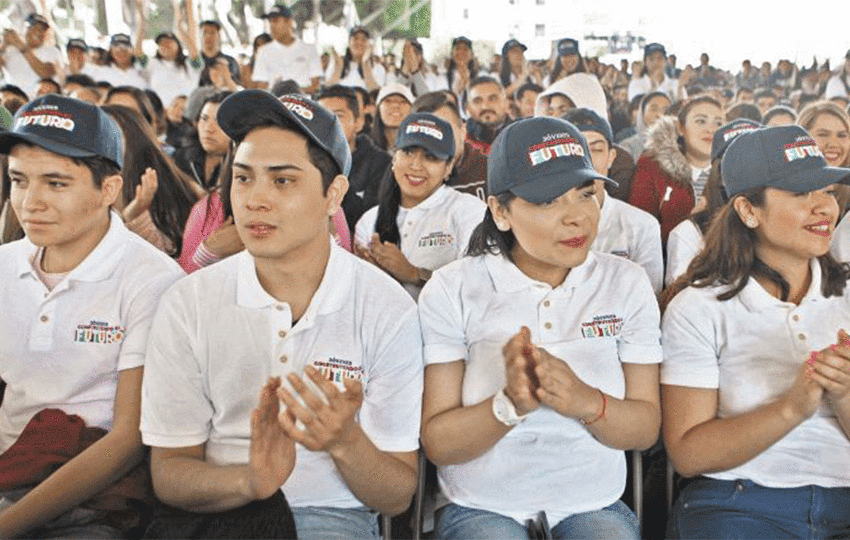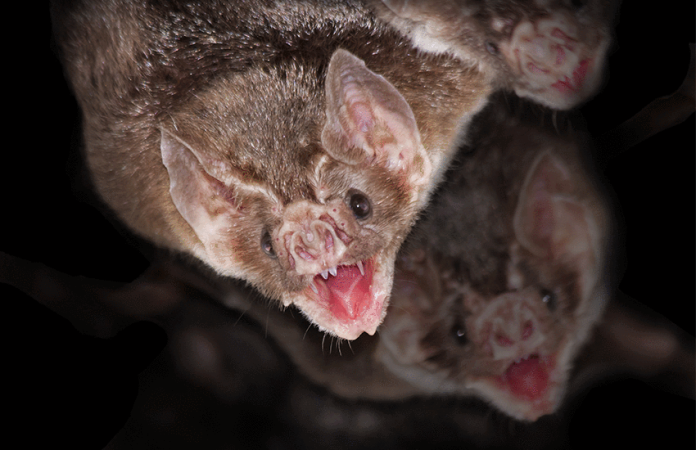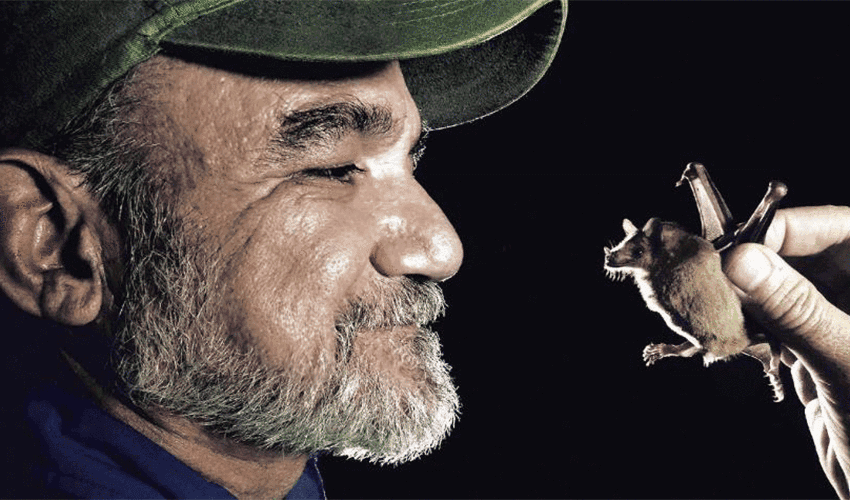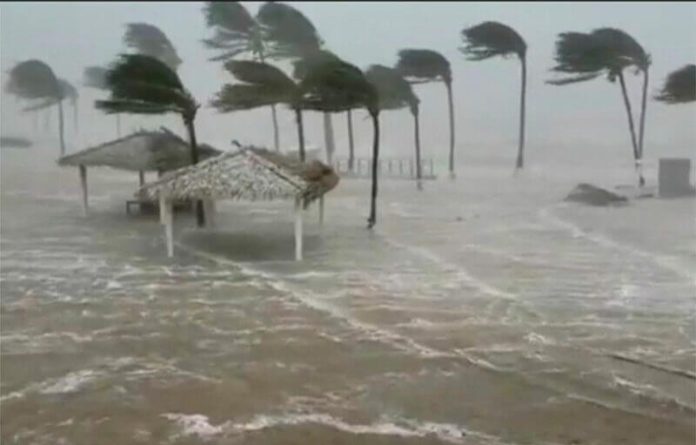The modest decline in homicides recorded in the first six months of 2021 continued in July, according to data presented Friday by the country’s head of security.
Homicides decreased 3.5% between January and June compared to the same period of last year, while they fell 3.9% annually in July, Security Minister Rosa Icela Rodríguez told reporters at the morning press conference.
However, the number of homicide victims last month – 2,846 – was up almost 7% over June numbers.
Rodríguez highlighted that 50.4% of the 19,788 homicides in the first seven months of the year occurred in just six states: Guanajuato, Baja California, Michoacán, Jalisco, México state and Chihuahua.
Guanajuato, where several criminal groups including the powerful Jalisco New Generation Cartel operate, has been the country’s most violent state in recent years, while Baja California, and especially its largest city – Tijuana, has long been a hotbed of cartel violence.
The security minister noted that the government has now adopted a bolstered security strategy in the country’s 50 most violent municipalities.
“Since July 20, this strategy to increase [the number of] priority municipalities from 15 to 50 began,” Rodríguez said.
“… Focused actions are now being carried out” in those municipalities, she said, explaining that intelligence operations and the deployment of the military and other security forces have been strengthened.
Still in its infancy, the broadened strategy has not yet yielded the results the government is seeking as the 50 most violent municipalities – a list headed by Tijuana, Ciudad Juárez and León – remain marred by murders, although some recorded declines last month.
Rodríguez said that 46% of all homicides in July occurred in the 50 priority municipalities. She also presented data that showed that a range of crimes declined in the 12-month period to the end of July compared to the final year of the government led by former president Enrique Peña Nieto, who left office at the end of November 2018.
Robberies on public transit and vehicle theft both declined almost 40%, cattle theft fell 33%, carjackings decreased 31%, burglaries and muggings both dropped 26% and business robberies were down 21%.
In contrast, extortion rose 28%, human trafficking was up 37%, reported rapes increased 29%, domestic violence surged 36% and femicides – the killing of women and girls on account of their gender – rose almost 14%.
On a more positive yet still tragic note, Rodríguez reported that the number of femicides in July – 66 – was the lowest monthly total since the government took office almost three years ago.
“Be that as it may, we’re maintaining coordination with state authorities so that this crime is penalized and whoever commits it doesn’t go unpunished,” she said.
The security minister also said that kidnappings were down 54% in July compared to the government’s first month in office.
She asserted that the government’s crackdown on fuel theft has generated an estimated saving of almost 162.3 billion pesos (US $8 billion) and that security forces over the past year prevented the loss of almost 18 billion pesos at highway toll plazas, which are frequently overrun by criminals and protesters.
Rodríguez added that the Finance Ministry’s Financial Intelligence Unit has blocked more than 41,000 suspect bank accounts containing 14.3 billion pesos since the government took office.
Mexico remains mired in near record levels of violence but the security minister said that “persistent, daily work” by the federal government in collaboration with state and municipal authorities is “yielding results that allow us to say that we’re making progress on the path toward the construction of peace.”
Mexico News Daily
